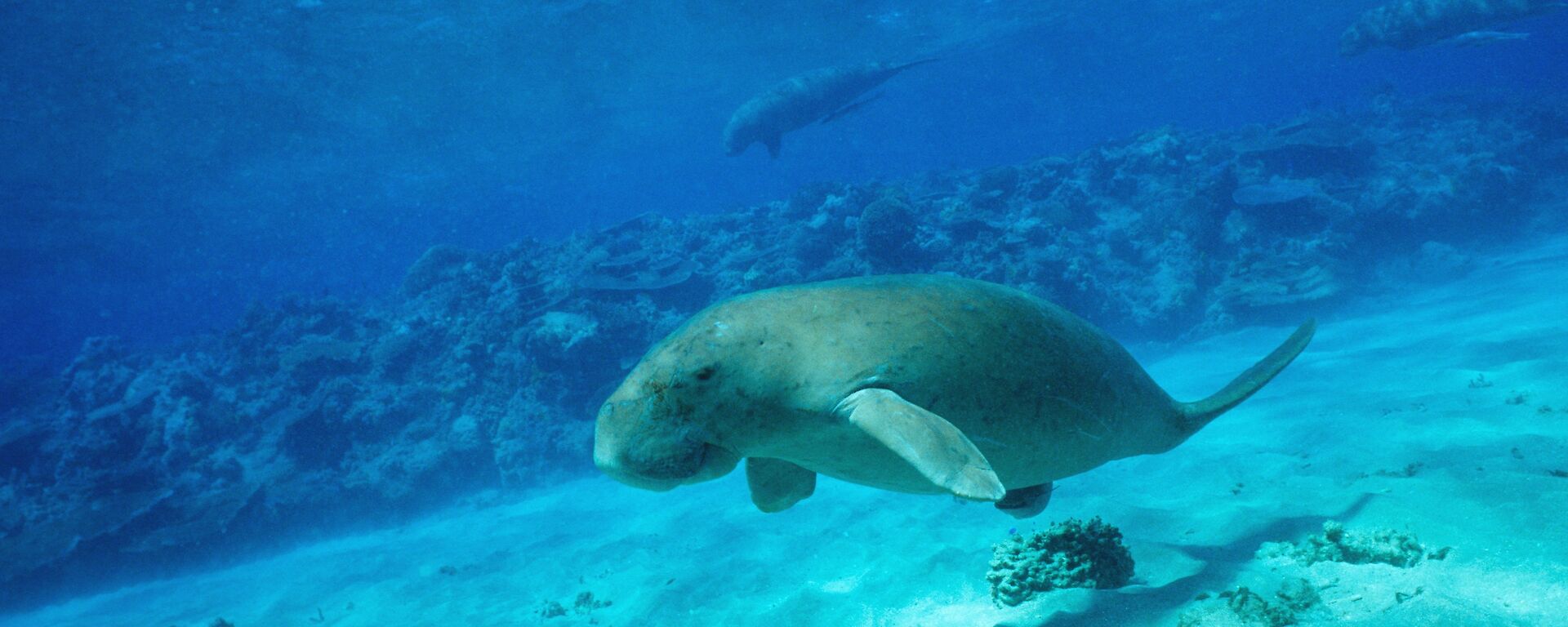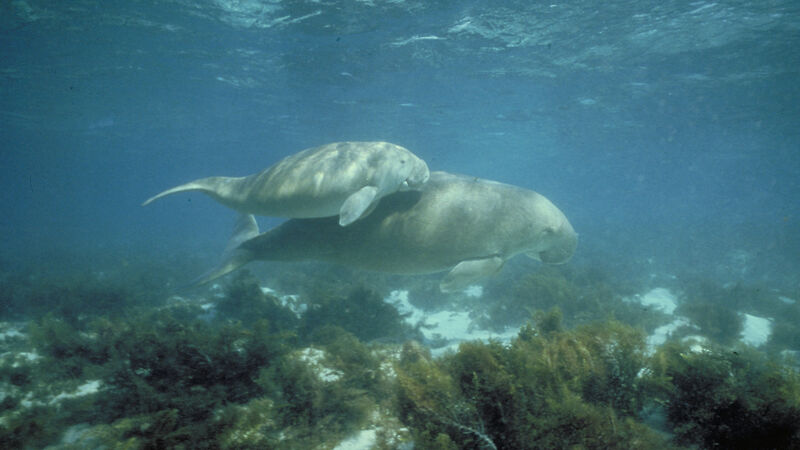More than $417 000 in funding for non-lethal marine mammal research was announced by the Australian Government in June. A $175 000 Indo-Pacific Cetacean Research and Conservation Fund (IPCF) will support three three-year projects in Papua New Guinea, Palau and Thailand, while a $147 000 Bill Dawbin Post-doctoral Fellowship was awarded to Dr Isabel Beasley of James Cook University to study Australian snubfin dolphins and Indo-Pacific humpback dolphins in northern Australia. More than $95 000 will also assist an aerial survey of dugongs off the Queensland coast, after widespread habitat loss from the 2011 floods and Cyclone Yasi.
All the projects will be administered through the Australian Marine Mammal Centre based at the Australian Antarctic Division. The international work of the centre recognises the large-scale movements of many marine mammal species and accommodates Australia’s national and international obligations. This is the first of four stories on the projects.
Scientists expect dugongs off the urban Queensland coast will struggle to find food, after extensive tracts of their seagrass habitat were degraded or destroyed by severe flooding and Tropical Cyclone Yasi in the first two months of 2011. According to Professor Helene Marsh of James Cook University, this lack of food will have many flow-on effects.
‘The dugongs will change their diet to include less nutritionally desirable species and their search for food further afield will put them at greater risk of incidental drowning in commercial gill nets and shark nets, as happened after Cyclone Althea in 1972,’ she says.
‘Dugong mortality will also increase as they lose weight and fat stores, and affected dugongs will delay reproduction, leading to a decline in calves in two years time.’
In light of these expected impacts Professor Marsh and her colleagues have received funding, through the Australian Marine Mammal Centre, to conduct an aerial survey of the affected region. The survey will be the seventh in a series conducted since the mid-1980s.
‘The survey will allow us to estimate the distribution and relative abundance of dugongs in the survey area and make statistical comparisons of the estimates of dugong density with those obtained from past surveys in the same region,’ Professor Marsh says.
‘The results will assist with dugong management along the urban coast of Queensland and help us understand the response of dugongs to large-scale extreme weather events.’
The survey will cover more than 37 000km2 between the Queensland-New South Wales border and Cooktown, and use two six-seater aircraft flying 137 m above sea level. Teams of two observers on each side of each aircraft will record their sightings independently. The survey design will also account for dugongs observed outside their usual habitat as a result of the extreme weather events.
WENDY PYPER
Corporate Communications, Australian Antarctic Division



